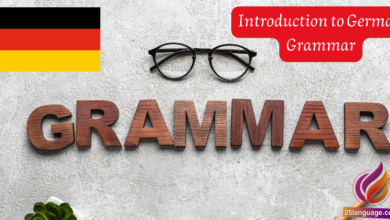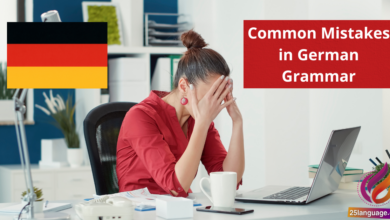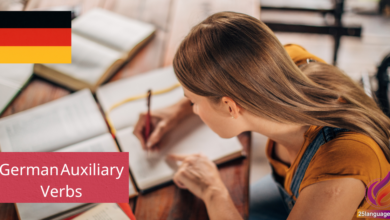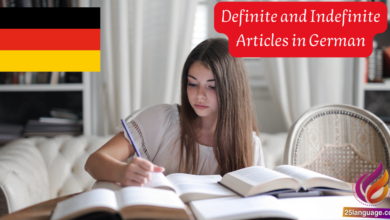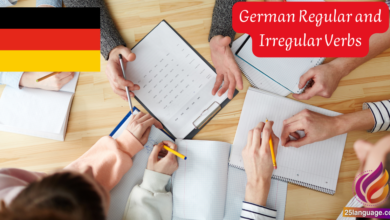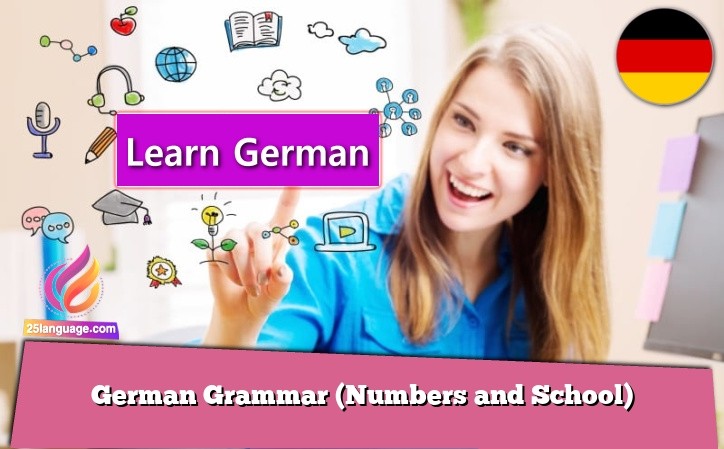Mastering Punctuation in German: Essential Rules and Tips
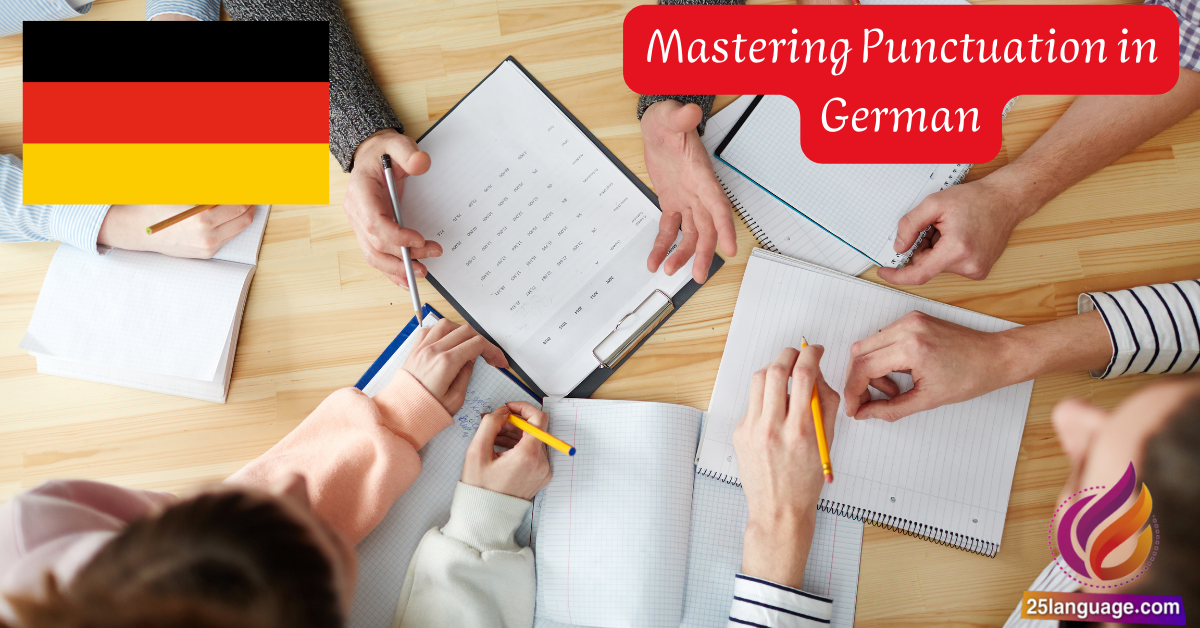
Mastering punctuation in German is essential for clear communication, it adds an intriguing layer to the language! Understanding how to correctly use commas, periods, quotation marks, and other punctuation marks can significantly enhance both your writing and comprehension. In today’s lesson, we’ll explore the key rules of German punctuation, unraveling their unique quirks and similarities to English.let’s dive in and elevate your German skills to new heights together!
Exploring the Nuances of German Punctuation
In German, punctuation plays a critical role in the clarity and meaning of sentences, often differing significantly from English. As an example, German employs the Gänsefüßchen (quotation marks) that are typically inverted compared to English. In German, quotations are enclosed in „“ (double angle quotes), with the opening quote at the bottom.Such as:
- „Das ist ein Beispiel.“ translates to “This is an example.”
- „Ich liebe Deutsch!“ translates to “I love German!”
Another crucial aspect is the use of the Komma (comma). In German, commas are used more liberally than in English, especially in lists and when integrating subordinate clauses. For example:
- Ich kaufe Äpfel, Birnen, und Trauben. translates to I buy apples, pears, and grapes.
- Wenn es regnet, bleibe ich zu Hause. translates to If it rains, I stay at home.
| German Example | Rule | English translation |
|---|---|---|
| „Wie geht’s dir?“ | Use inverted quotes for direct speech. | “How are you?” |
| Ich mag Sport, besonders Fußball und Tennis. | Commas separate items in a list. | I like sports, especially soccer and tennis. |
| Er sagte,dass er kommen würde. | Comma before a subordinate clause. | He said that he would come. |
Mastering the Art of German Punctuation
Punctuation in German serves many of the same functions as it does in English, but there are specific nuances that learners must master. Here are the key components to understanding German punctuation:
- Comma (Komma): Commas are used similarly to how they are in English but have some additional rules, especially in separating clauses.
- Quotation Marks (Anführungszeichen): German uses „double angle quotes“ for quotations, differentiating it from the English “double quotes.”
- Exclamation Marks (Ausrufungszeichen): Used to indicate strong feelings, as in „Das ist fantastisch!“ (That is fantastic!)
- Colon (Doppelpunkt): Colons are often used before lists or explanations, like in „Er hat folgende Hobbys: Fußball, Lesen und Reisen.“ (He has the following hobbies: football, reading, and traveling.)
understanding when and where to use these punctuation marks is essential for clarity in communication. Certain structures in German require specific punctuation. for example:
| german Example | Rule | English translation |
|---|---|---|
| „Ich liebe das Buch“, sagte er. | Comma before the quotation ends. | “I love the book,” he said. |
| wenn es regnet, bleibe ich zu Hause. | Comma separates subordinate and main clause. | if it rains, I stay at home. |
| Er sucht einen neuen Job: Er möchte mehr verdienen. | Colon introduces an explanation. | He is looking for a new job: He wants to earn more. |
practical Insights into German Punctuation Rules
understanding punctuation in German is essential for effective communication. Here are some key rules to consider:
- Comma Usage: In German, commas are used more frequently than in English, especially in complex sentences. For example, Ich weiß, dass du kommst. (I know that you are coming.) Here, the comma separates the main clause from the subordinate clause.
- Quotation Marks: German uses angular quotation marks, usually written as
„and“. For example, Er sagte: „Ich komme morgen.“ (He said, “I will come tommorow.”) This distinction is important to get accustomed to.
It’s also important to understand the use of periods and exclamation marks in German:
| German Example | Rule | English Translation |
|---|---|---|
| Das ist mein Hund. | Ends sentences with a period. | That is my dog. |
| Das ist toll! | Exclamation marks indicate strong feelings. | That is great! |
- Capitalization of Nouns: Unlike in English, all nouns in German are capitalized, which can change the importance of specific terms. For example, der Hund (the dog) versus hund (a homophone in English).
- Colons: Used before lists or explanations, as in Ich habe drei Hobbys: Lesen, Reisen und Kochen. (I have three hobbies: reading, traveling, and cooking.)
Clear Examples and Effective Strategies for German Punctuation
German punctuation, while similar in some respects to English, has unique rules that learners must grasp to write correctly. Here are key points to note:
- Capitalization: Nouns are always capitalized in German. For example: Der Hund bellt. (The dog barks.)
- Quotation Marks: German typically uses „double quotes“ rather of “double quotes”. Such as: Er sagte: „Ich komme.“ (He said: “I’m coming.”)
- Commas: Commas are used to separate clauses and items in a series, similar to English.For example: Ich kaufe Äpfel, Birnen, und Trauben. (I buy apples, pears, and grapes.)
- Colons and Semicolons: Colons are used before lists or explanations, while semicolons separate closely related clauses.For example: Ich habe viele Hobbys: Schwimmen, Lesen, und Reisen. (I have many hobbies: swimming, reading, and traveling.)
| German Example | Punctuation Rule | English Translation |
|---|---|---|
| „Hallo! Wie geht’s?“ | Quotation marks and question mark | “Hello! How are you?” |
| Ich liebe den Herbst, weil die Farben schön sind. | Comma before conjunctions in subordinate clauses | I love autumn because the colors are lovely. |
| Das Wetter ist schön; wir gehen spazieren. | Semicolon to link related self-reliant clauses | The weather is nice; we are going for a walk. |
| Ich habe eine Katze, einen Hund und einen Fisch. | Comma in a list | I have a cat,a dog,and a fish. |
In Retrospect
Fazit des Deutsch-Unterrichts: Interpunktion im Deutschen
Herzlichen glückwunsch, liebe Lernende! Ihr habt nun eine spannende reise durch die welt der deutschen Interpunktion unternommen. Wir haben die wesentlichen Regeln und Besonderheiten behandelt, die das Schreiben auf Deutsch klarer und präziser machen. Von den grundlegenden Punkt- und Kommasetzungen bis hin zu den besonderen Zeichen wie dem Semikolon und dem Gedankenstrich – jedes Element spielt eine entscheidende Rolle, um den Sinn und die Struktur eurer Sätze zu verdeutlichen.
Denkt daran, dass das Erlernen dieser Regeln nicht nur eure Schreibfähigkeit verbessert, sondern auch ein tieferes Verständnis für die deutsche Sprache und Kultur fördert. Nutzt das Wissen, das ihr heute erworben habt, in euren eigenen texten und beim Verfassen von E-mails oder Essays. Übung macht den Meister! Habt keine angst, Fehler zu machen – jeder Versuch bringt euch einen Schritt näher zum Ziel.
Bleibt motiviert und neugierig! die deutsche Sprache hat viel zu bieten, und mit jedem neuen Zeichen, das ihr beherrscht, öffnet sich eine weitere Tür zu einer Welt voller Möglichkeiten. Viel Erfolg beim Üben der Interpunktion, und denkt daran: Mit jedem Satz, den ihr schreibt, wächst euer Selbstvertrauen und eure Sprachkompetenz!
Wir freuen uns darauf, euch im nächsten Unterricht wiederzusehen, um gemeinsam weiterzulernen. Bis bald und viel Spaß beim Schreiben!


